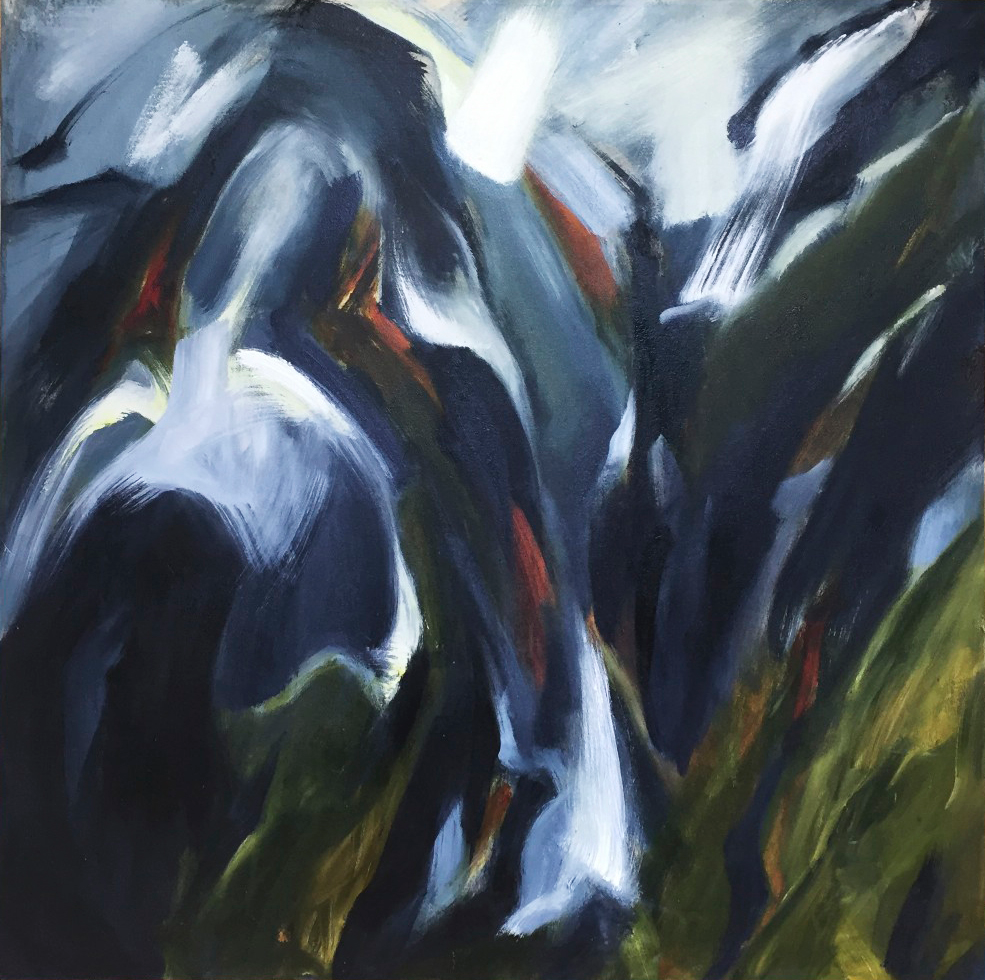
Fishing the Unknown. January 13, 2016
I am interested in revelation, not what I have to say but what the work has to reveal to me. Holding onto the space brought by the unknown is like drawing in the dark….fishing for an invisible goal. It is a accu strike of accuracy, knowing before you are given the answer, trusting while blindfolded. One mark, then another, and another.
These paintings emerged from such a state…oil on canvas.
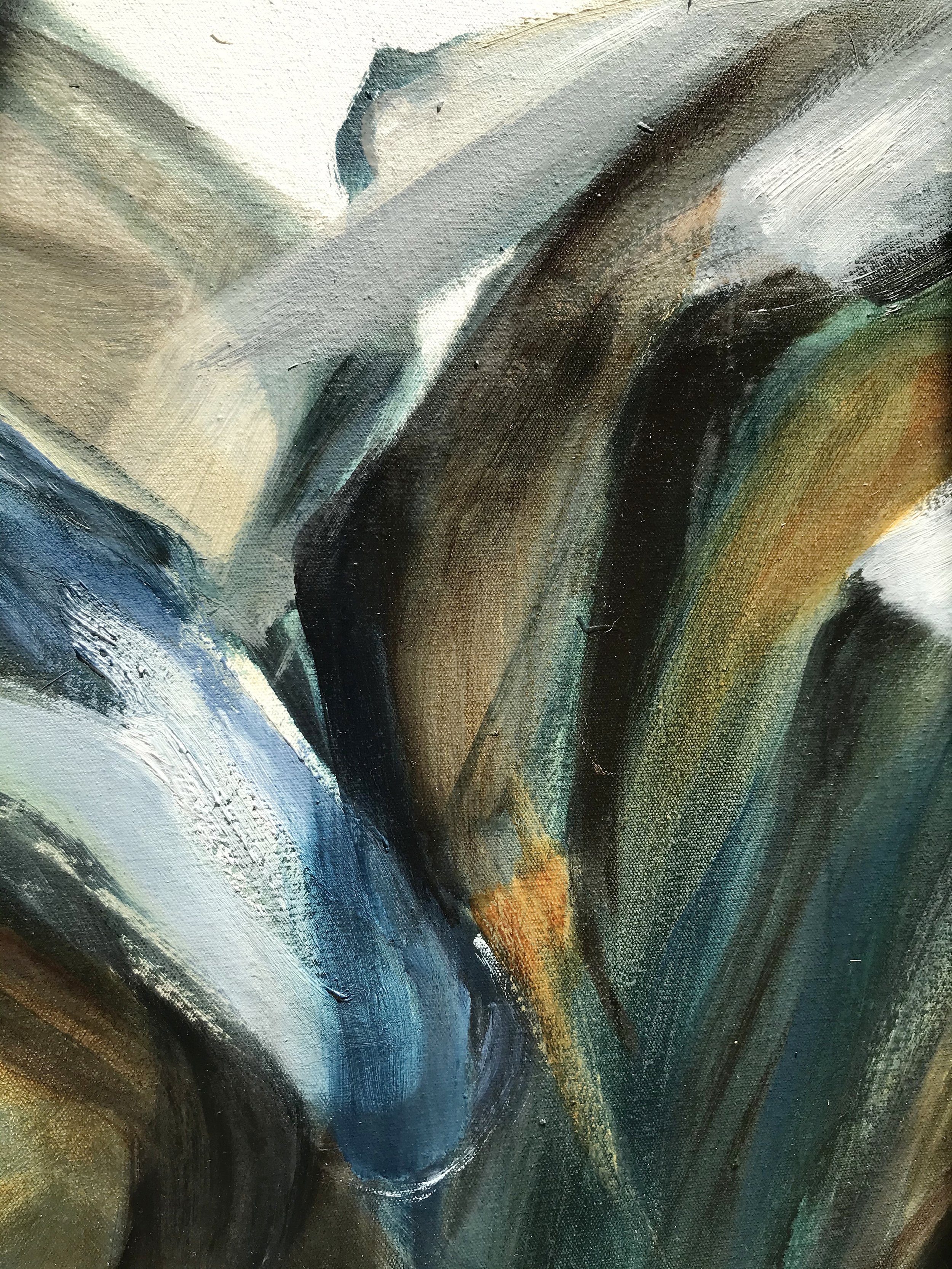
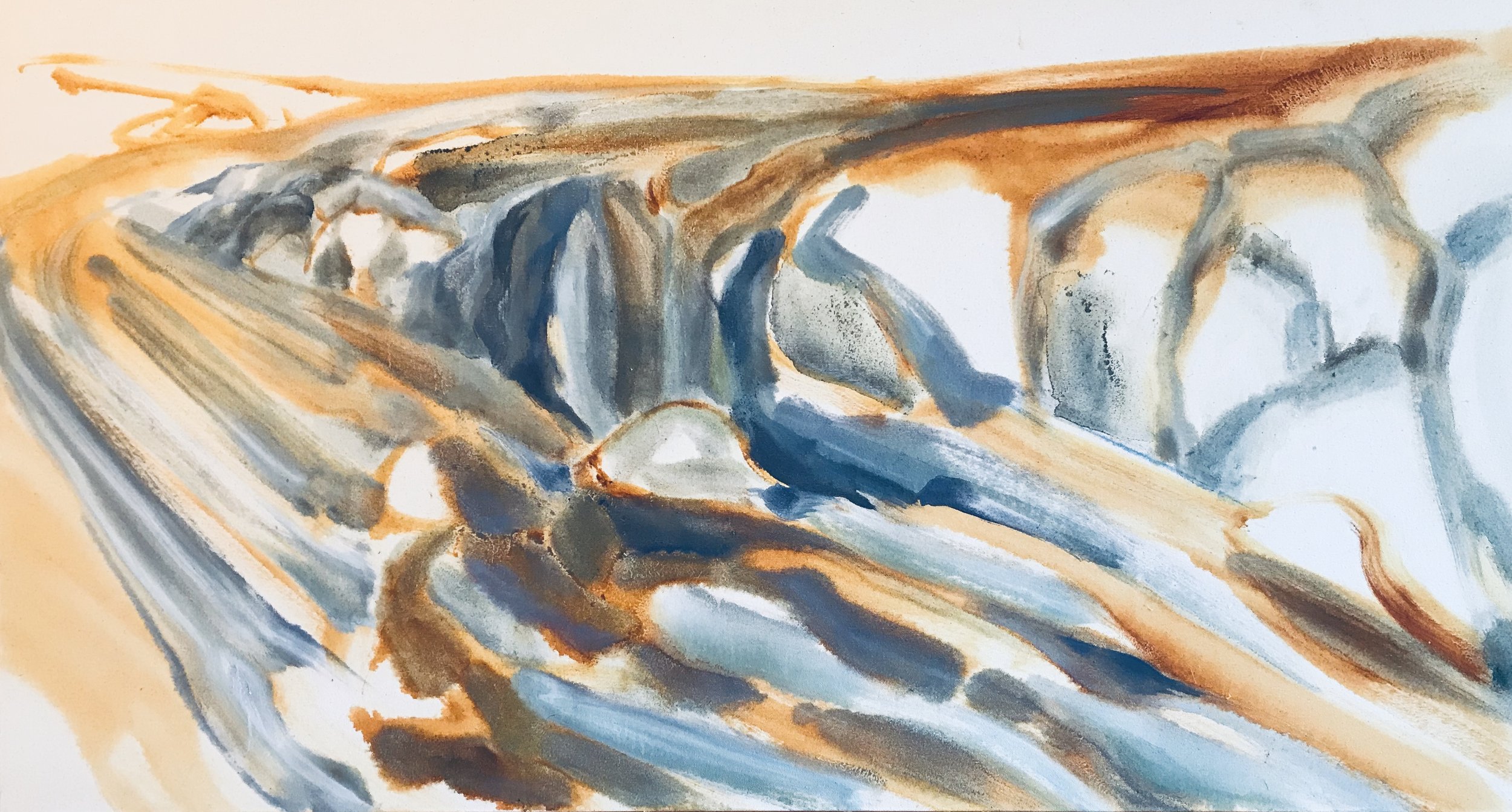
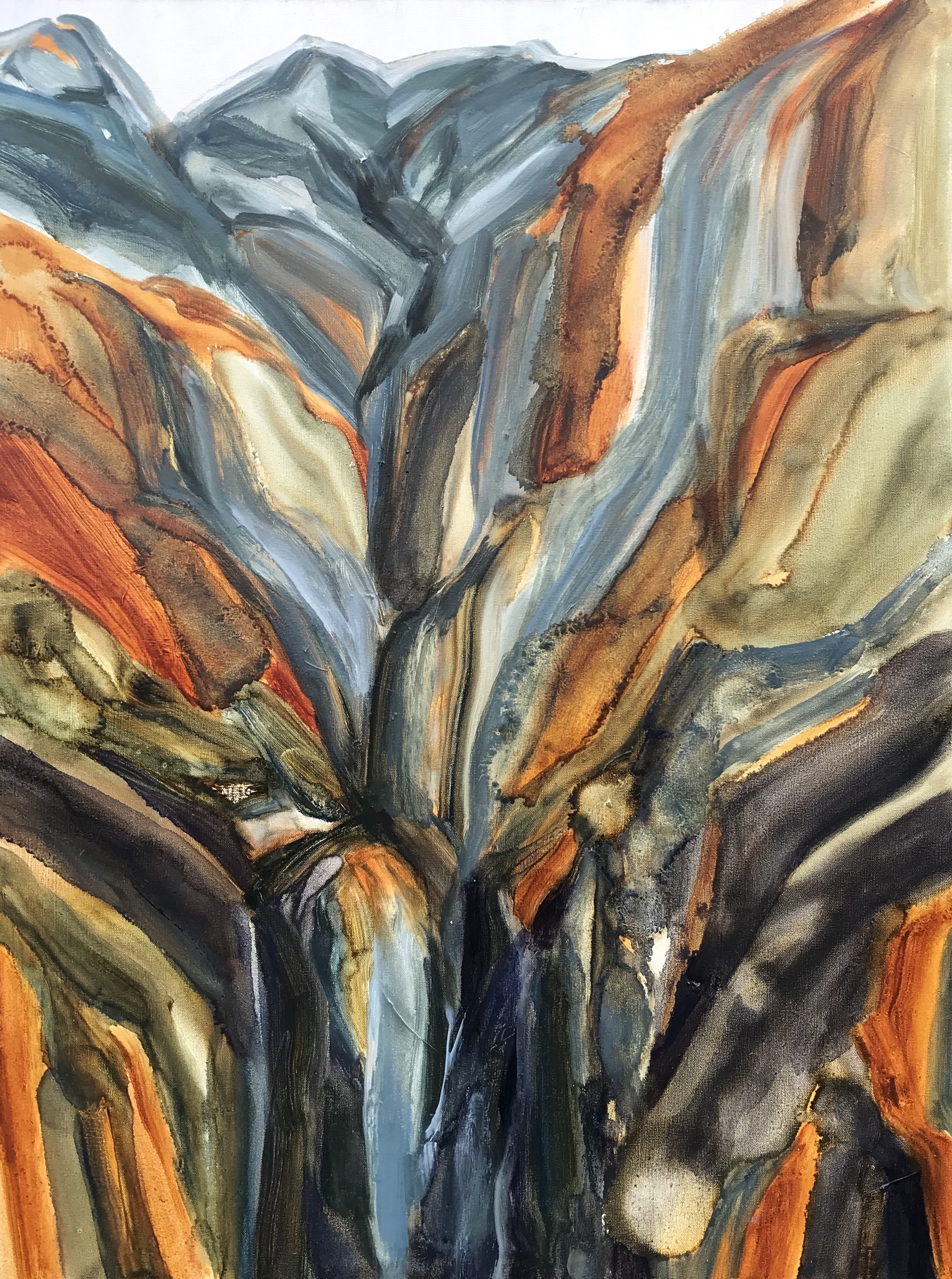
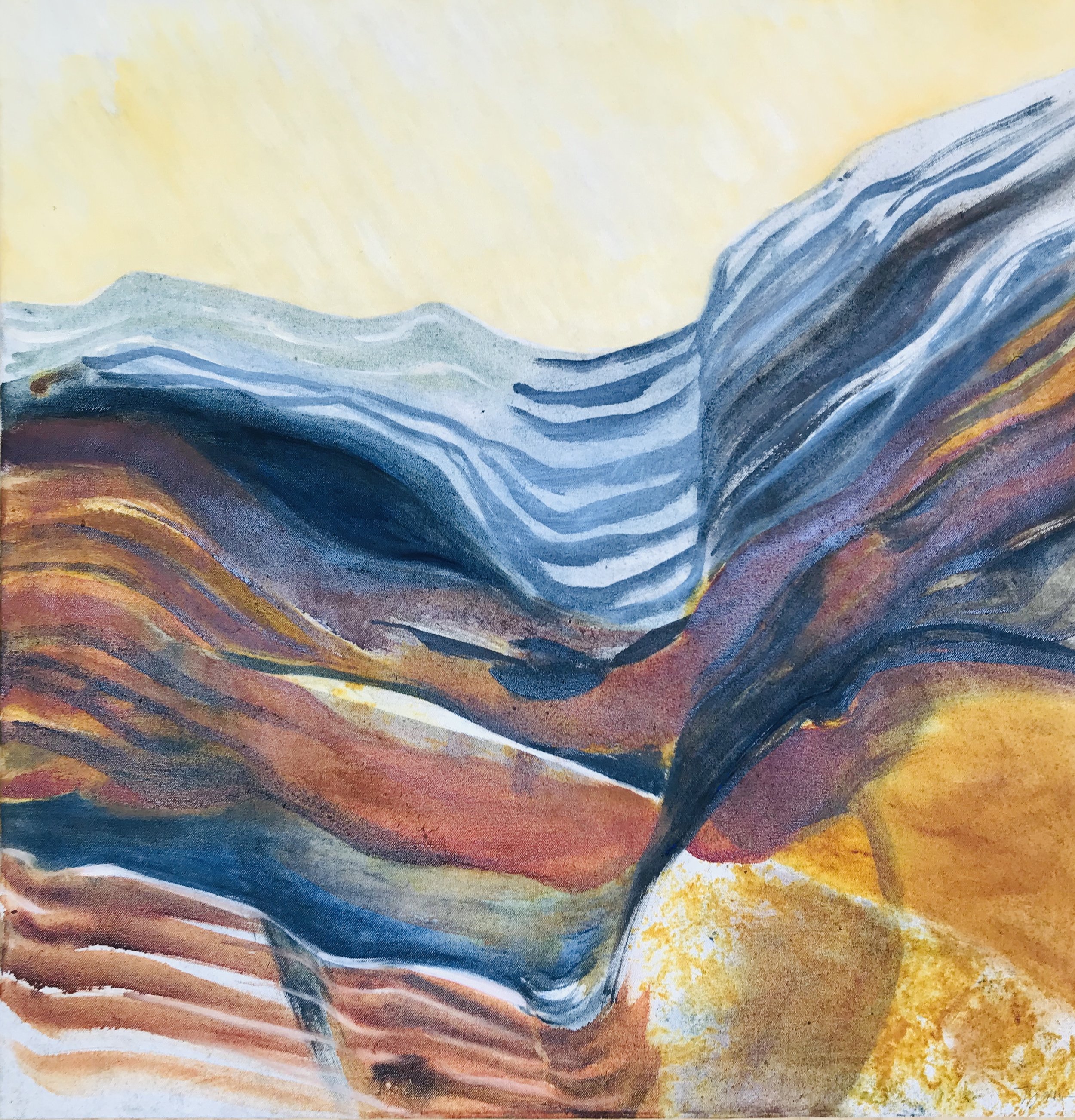
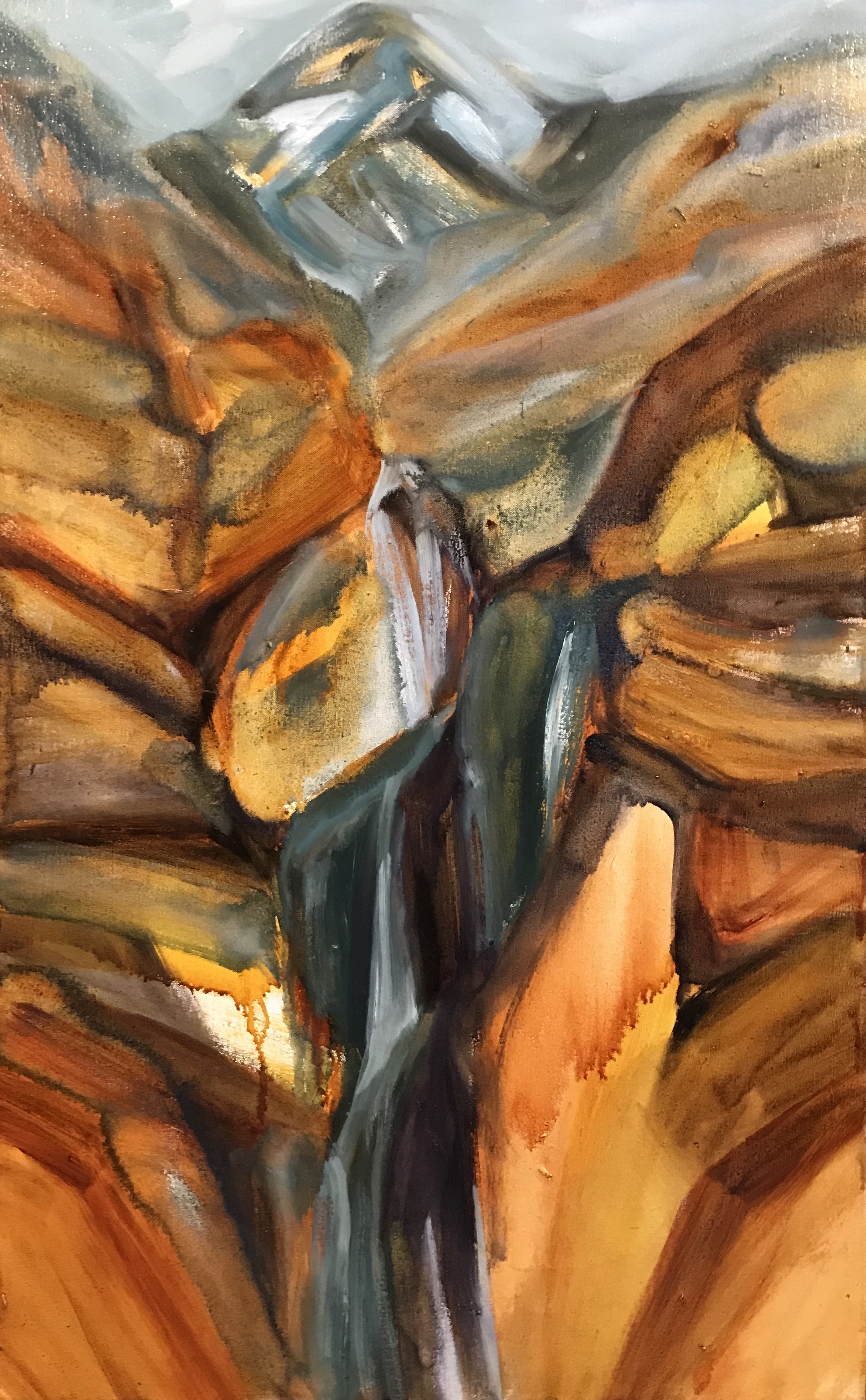
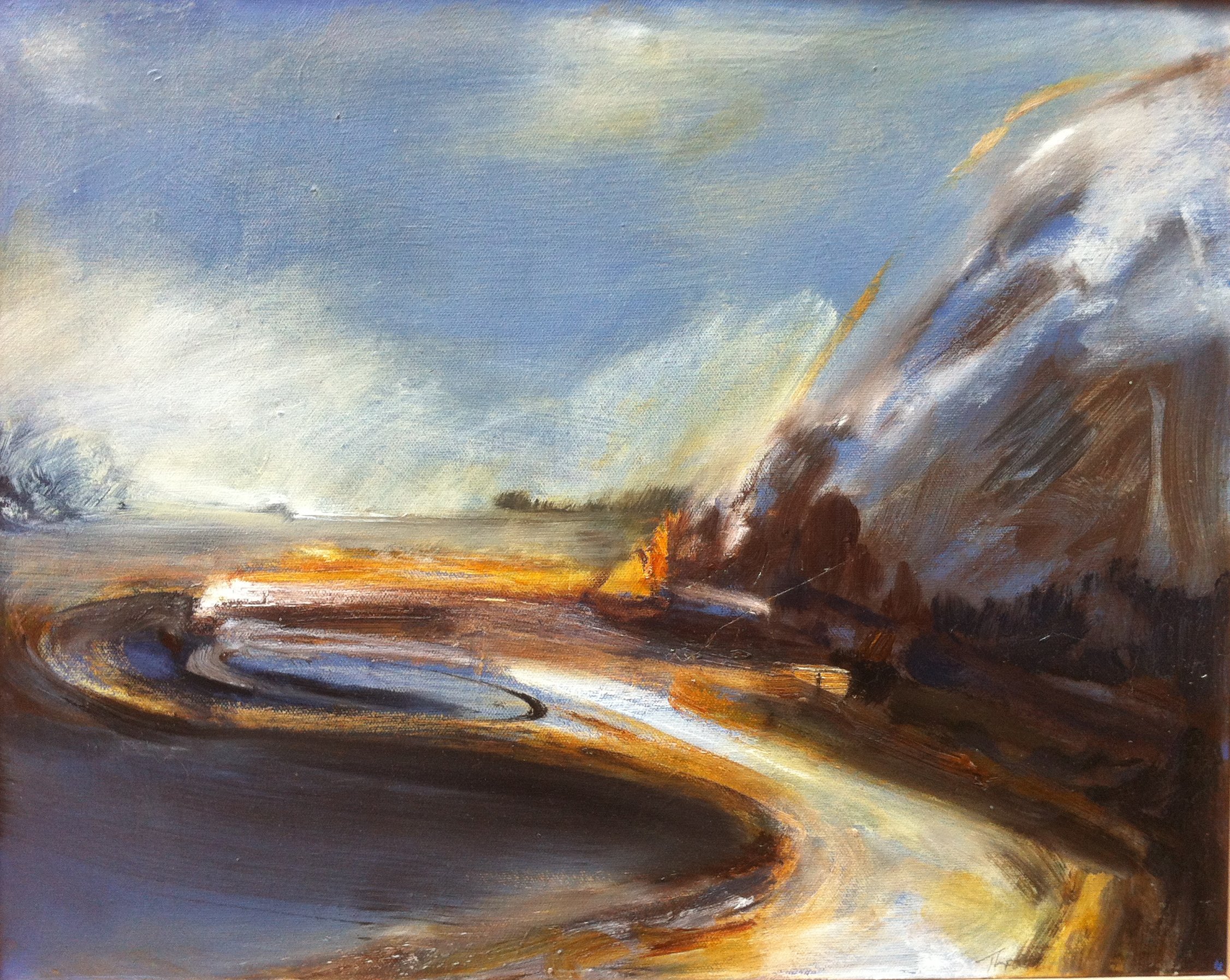
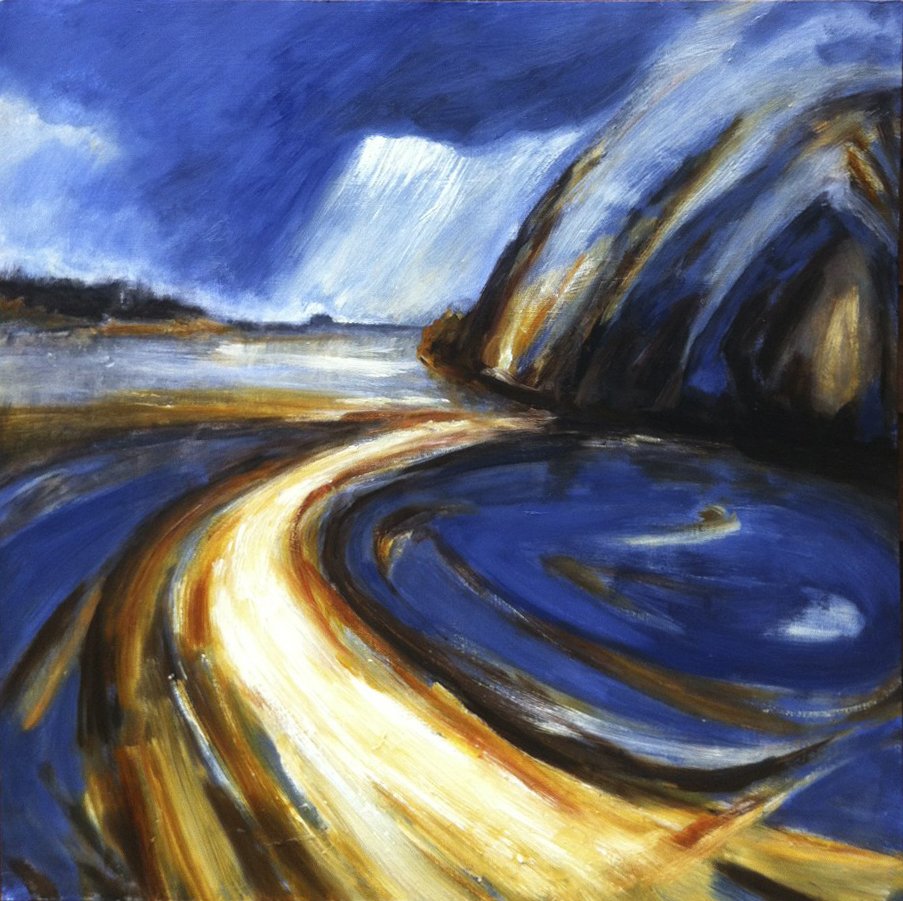
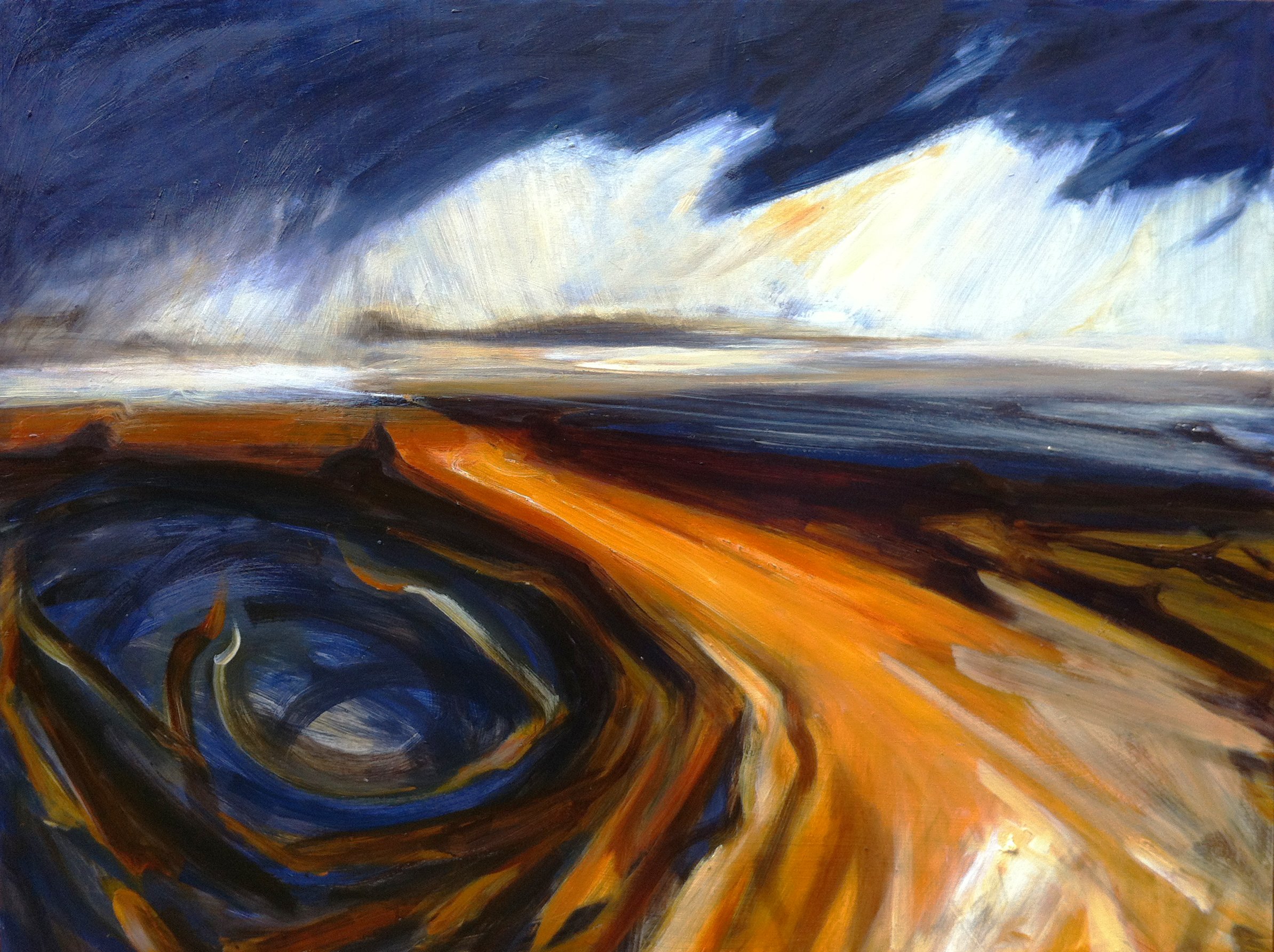
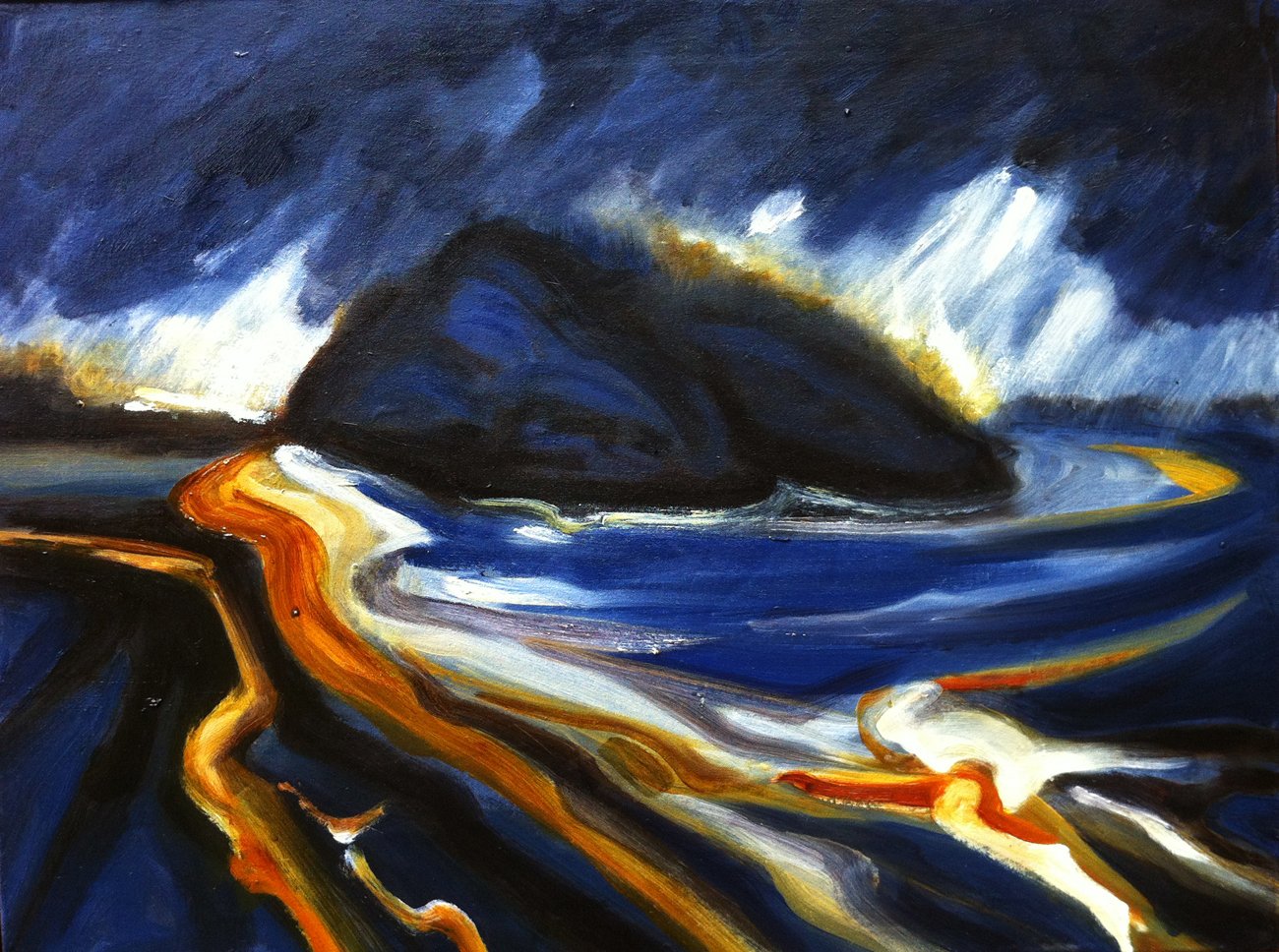
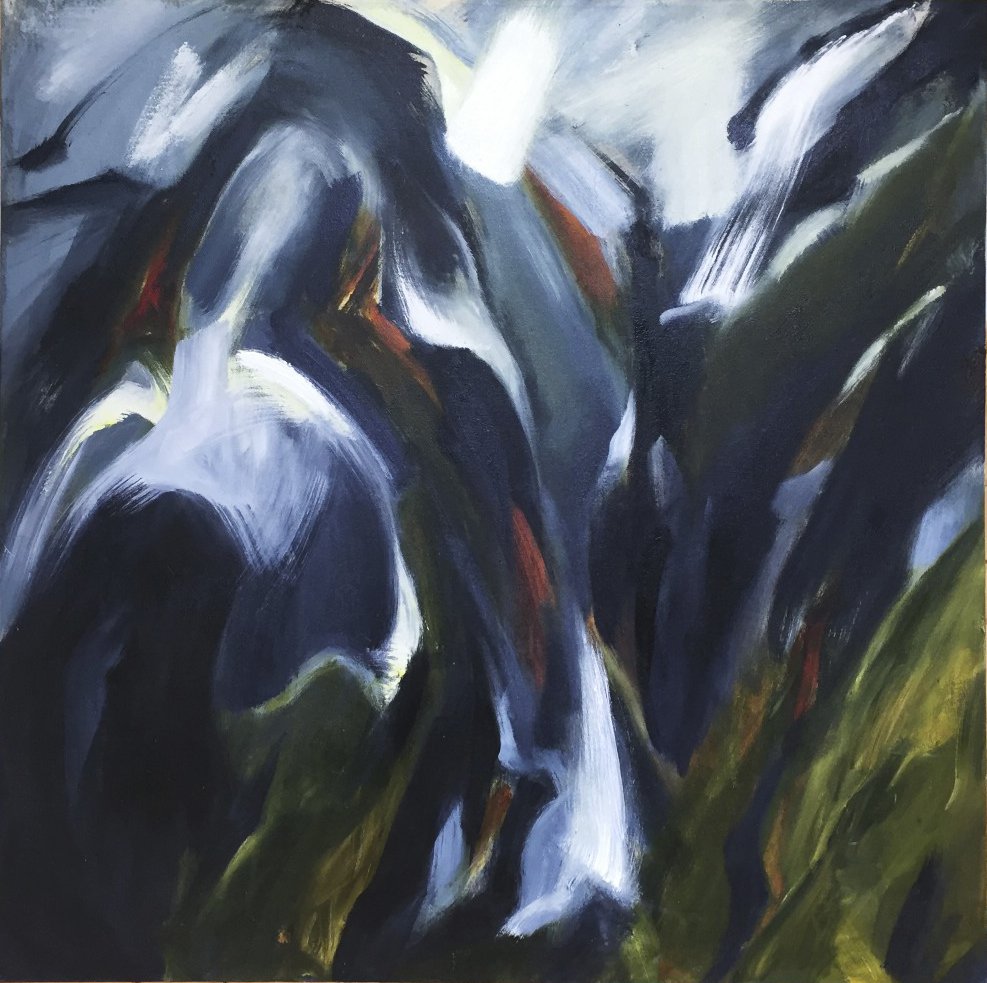

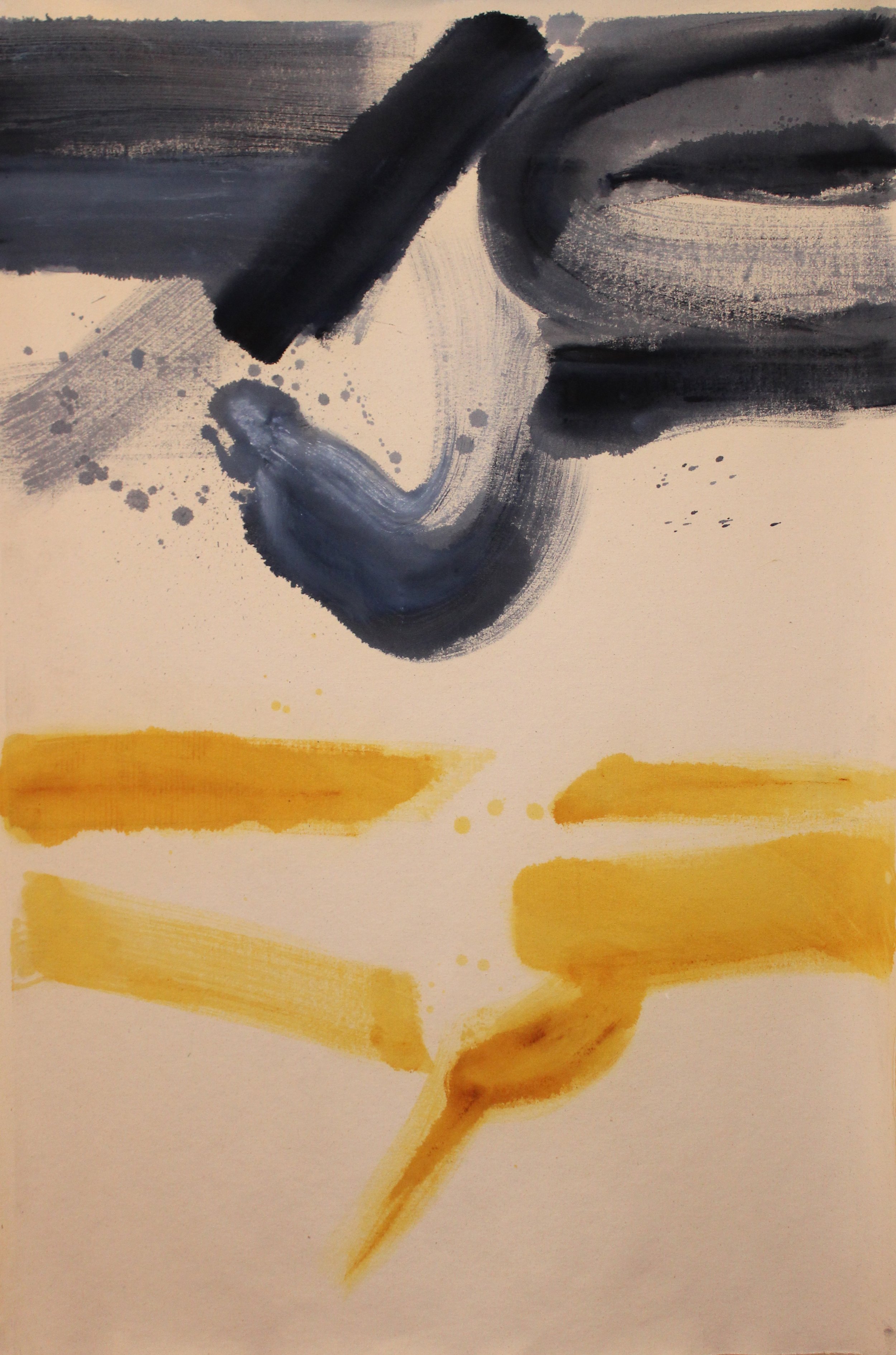
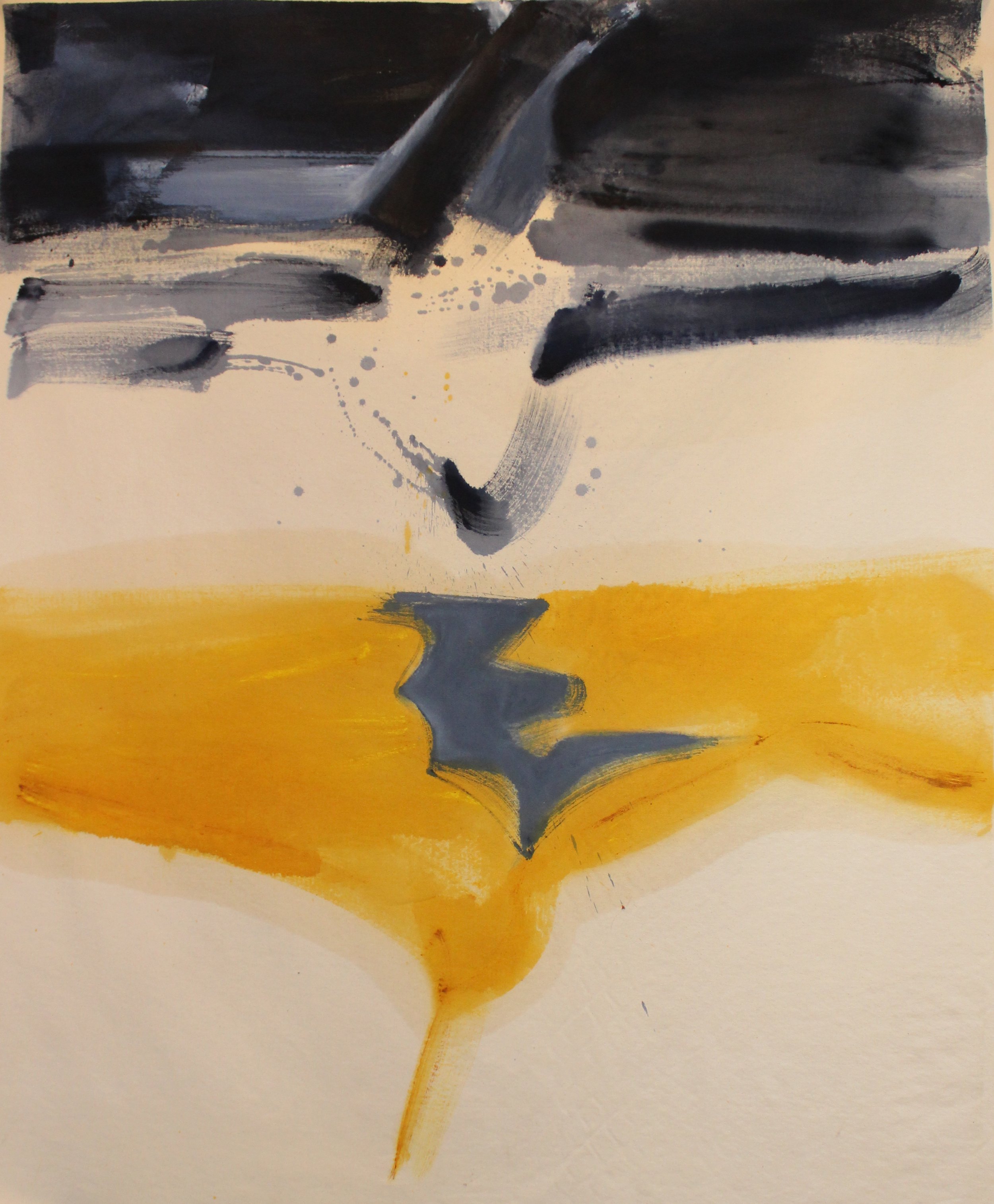
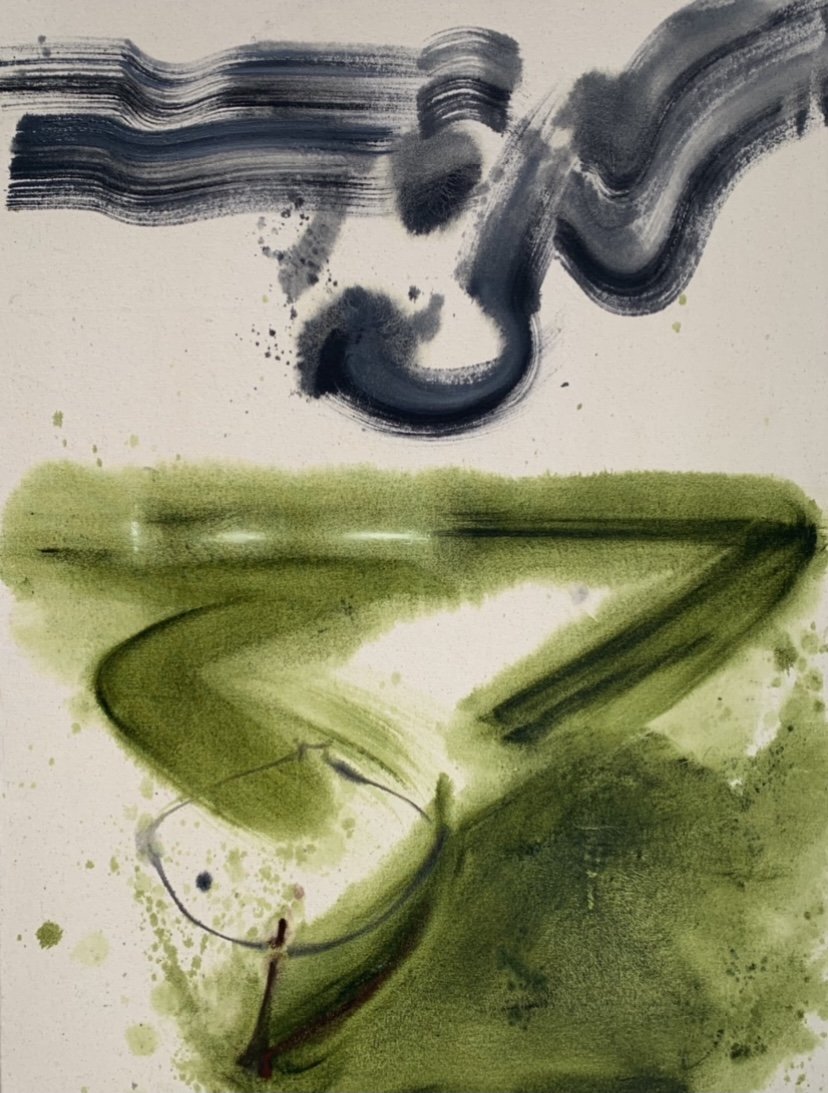
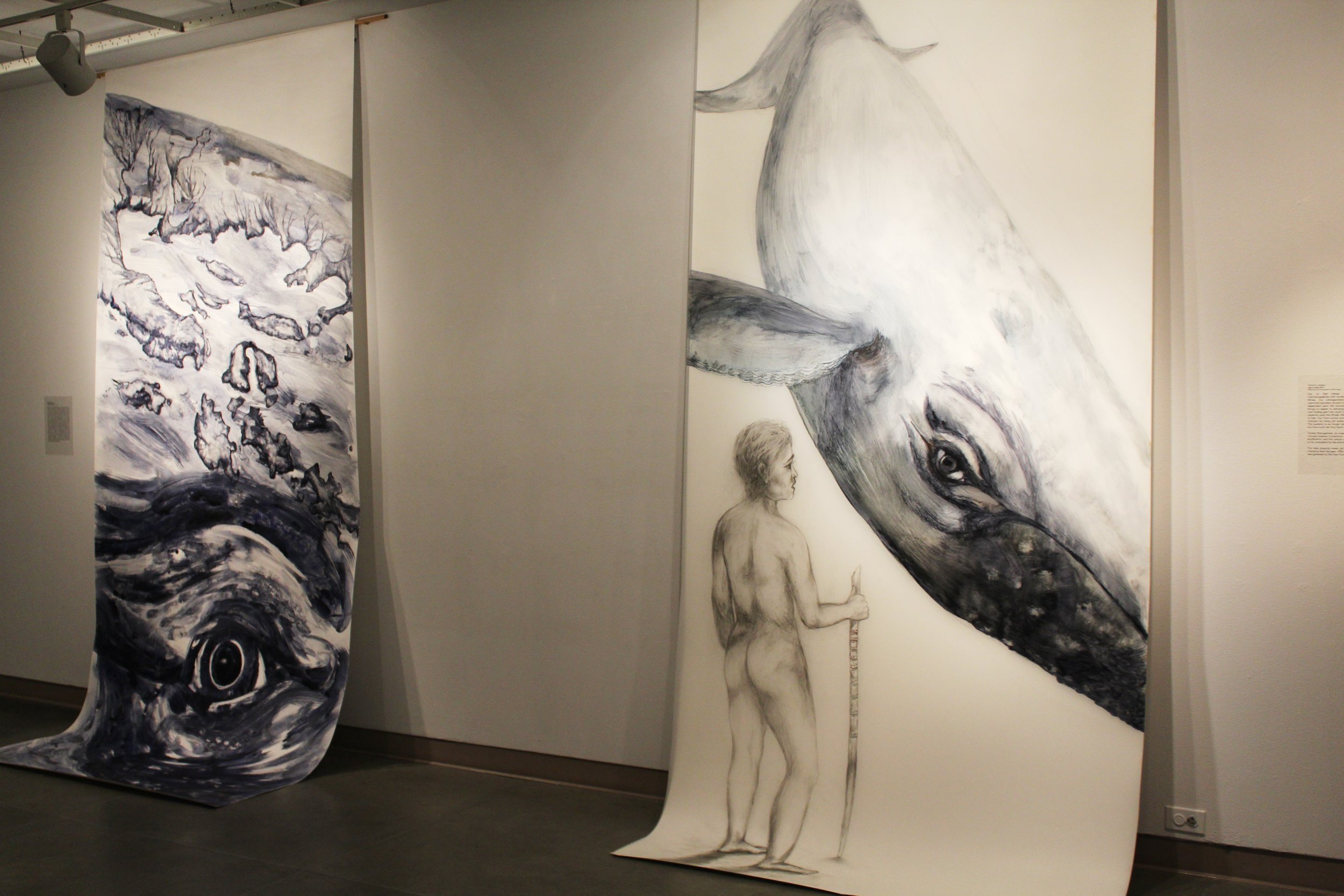
Eye to Eye
Eye to Eye are two paintings on scrolls which exhibited at the Museum of Northwest Art in La Conner, Washington, as a part of a collaborative artist and science project.
Eye to Eye brings into question our interchangeability with another species such as the Baleen Whale. Our correspondence with these large mammals has been divided in the past. Our future is dependent upon the survival of their species and brings us nearer to standing in their skin. We are now finding just how much our time on the planet depends upon the Whale. We are finally seeing Eye to Eye. The question is no longer can we save the whales, but can they save us?
Spoken by George Monbiot, the phenomena of a Trophic Cascade, which is an ecological process which starts at the top of the food chain and falls all the way to the bottom describes how whales help to sustain the entire living chain of the ocean.
They feed in often the pitch dark and then return to the surface of the water where photosynthesis can happen. They release giant plumes of fecal matter called Poonamis which are rich in iron and nitrogen. They fertilize the plankton and make it possible for it to grow in the only place where photosynthesis can happen, the photic zone. Plankton is responsible for removing many tons of CO2 from the atmosphere each year through photosinthesis. CO2 depletes the oceans of compounds that clams, coral, plankton, and other creatures need to build shells and skeletons. Fish and other organisms can develop metabolic, immune and reproductive problems. CO2 kills off food for larger animals at the higher end of the food chain. The Eye to Eye series was made in conjunction with Tarang Khangaonkar, an oceanographer with Skagit Climate Science Consortium. Through his research, he has simulated acidification and the carbon cycle in the Salish Sea. The data showing ocean Ph or acidification levels changing from the year 1900 and projected to 2100 was gathered by the Phew Foundation.



